Every season is different and so farming is always a moving feast of jobs and planning. It never fails to keep me interested and motivated to anticipate the next required moves. With three cuts of silage in the pit, followed by some baleage before it got too dry, I feel reasonably secure against the vagaries of the seasons.
The cows are in good condition and still putting out a kilo a day. Supplementation is in the form of silage at 7 kg/cow/day and 3 kg PKE/soy hull blend. The PKE will be tapered off a bit as the effects of the last rains get the grass growing again. After only 11.5 mm for January and some extreme heat, the rains from the 7th February have been very welcome. Already this month we have had 89 mm, spread from the 7th to the 19th February. All grasses have responded well, in particular the shaded paddocks that never truly dried right out. Seedling ryegrass is already 100 mm high, and any further rain will guarantee its survival. The long round into the summer that I always do has paid off this year with all the grasses seeding and a very good strike. This bodes well for the winter and next spring with all pastures thickened up.
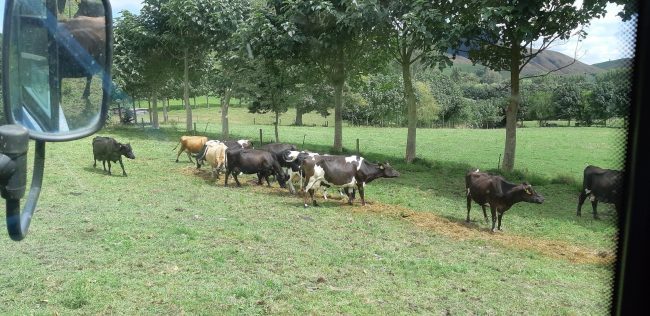
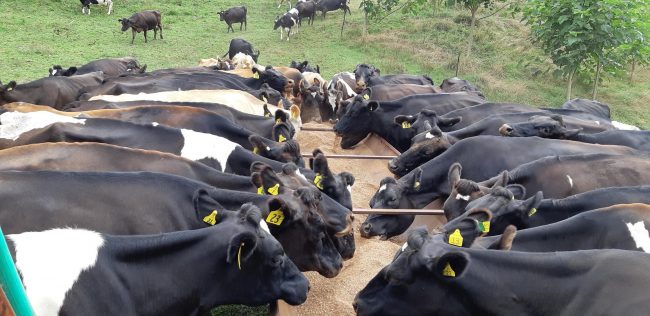
Scanning is always a stressful time as it affects all future decisions for the coming new season. My empty rate of 13% was 4% higher than last season but was not unexpected due to spring conditions. Fortunately, I only lost one good cow and even she was getting on in years. I hear that most farms are running higher empty rates so even OAD doesn’t save you from nature’s effects.
I have been working with this herd since 1977 so I was pleasantly surprised to be contacted by LIC saying they want to contract mate one of my heifers. She comes from a reliably good family, and I am sure she will produce a good bull should she have one. Part of me wants a heifer calf to further boost herd quality but I am also proud to contribute to the national herd if the bull should prove to be good.
Cyclone Dovi left its mark through the country, and I was worried about its potential to wreak havoc here. We have a big hill to the north of the farm, and it forced the worst of the wind around us and so only about 50 branches came down. I could hear it whistling overhead and will take my luck whilst it is running. I hope all those damaged farms are getting things sorted Ok.
In recent weeks I took the opportunity to set up another Paulownia nursery on the farm. Demand for saplings has been increasing and I feel this will intensify as farms need quick shade and shelter for their stock. As it is, I have fully sold my saplings for this season, which is a first, and they all went to one buyer. Timber sales have been good, but this red light has slowed things down, or is it the money the government threw out earlier on now starting to run out? I think they have been off the mark in dealing with the anarchists in Wellington, but I guess any decision made would have been wrong in someone’s eyes!
Older Paulownias have the habit of putting out long lateral roots. Normally they are tap rooted but as they get older, they want to reproduce, and this is one way they can make identical clones of themselves. The lateral root runs between half and one metre under the grass and I have found them 50 metres from the nearest tree. From this lateral they send up shoots, which would become trees but for my cows finding them very tasty. Each year there are more and more of them and in a drought when the grass is dead, they are good green feed for the cows. I use these if I want more nursery roots to multiply my trees.
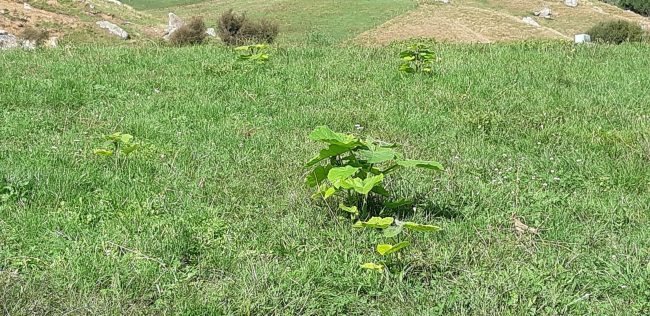
More research has been carried out on my trees and their effects and I will have further to say on that in another blog.
Events I had been planning to attend through late summer and autumn have been cancelled for fear of Omicron, so Tess and I will have a break at Kawhia instead and annoy the fish.


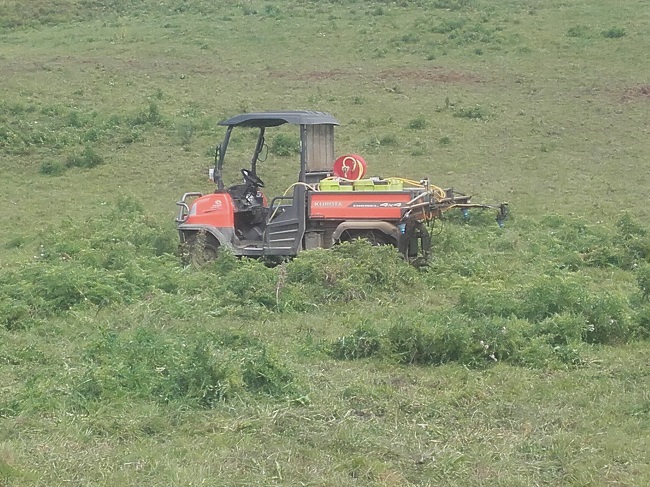
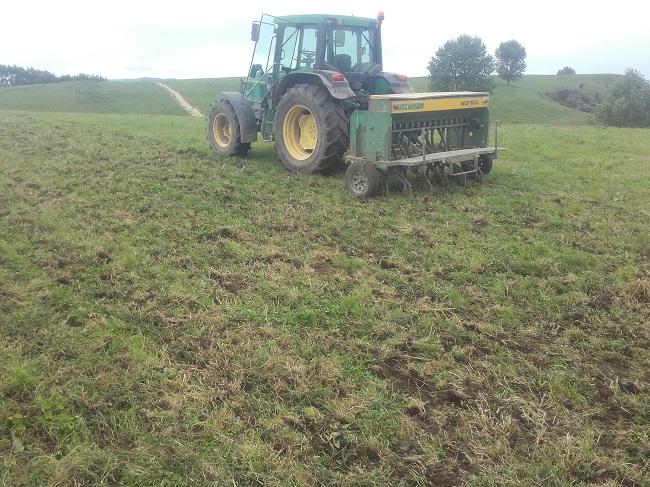
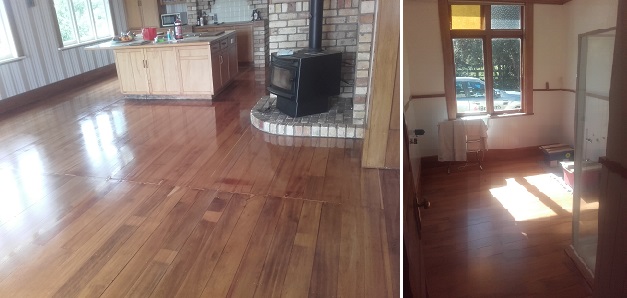
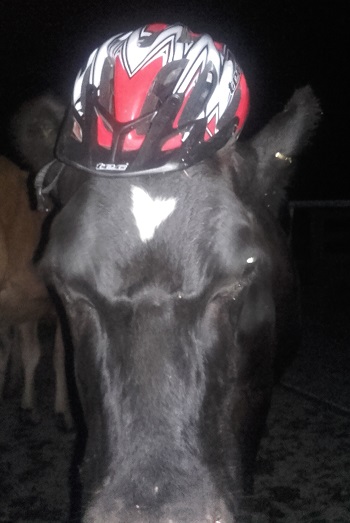

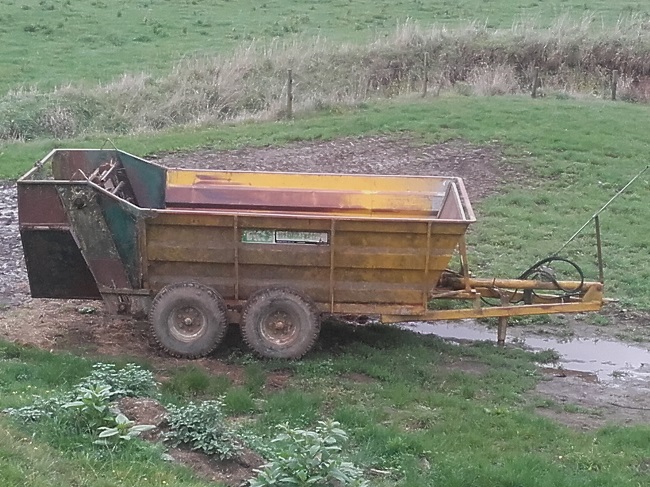
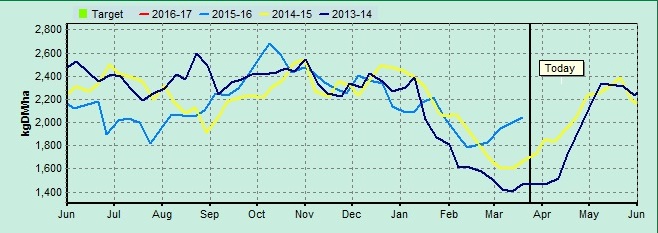

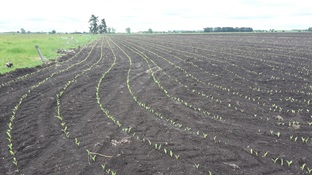 On the runoff we have planted 16 ha of maize, which is also up and growing at a great rate. This is the first time we have grown our own maize so many hours were spent going through different options to decide which would suit us best.
On the runoff we have planted 16 ha of maize, which is also up and growing at a great rate. This is the first time we have grown our own maize so many hours were spent going through different options to decide which would suit us best.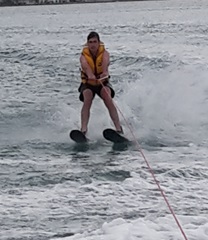 Our manager’s wife had time back in South Africa visiting her sick father, so Frostie has been working full time milking and looking after the runoff for the last 3+ weeks, including while the rugby was on, so we are very thankful for the MySky recordings. The house is a lot quieter in the mornings without the 20 or so people here for the rugby and breakfast. Frostie is now ready to take the boat out fishing, but not before he has taken our lot, and all their friends, water skiing a few times. The cold water of the lake doesn’t seem to stop them from wanting to go out. Nothing like fish and chips at the lake in the sun – Mrs. Frostie just wishes the wind would go away or it would get warmer!
Our manager’s wife had time back in South Africa visiting her sick father, so Frostie has been working full time milking and looking after the runoff for the last 3+ weeks, including while the rugby was on, so we are very thankful for the MySky recordings. The house is a lot quieter in the mornings without the 20 or so people here for the rugby and breakfast. Frostie is now ready to take the boat out fishing, but not before he has taken our lot, and all their friends, water skiing a few times. The cold water of the lake doesn’t seem to stop them from wanting to go out. Nothing like fish and chips at the lake in the sun – Mrs. Frostie just wishes the wind would go away or it would get warmer!